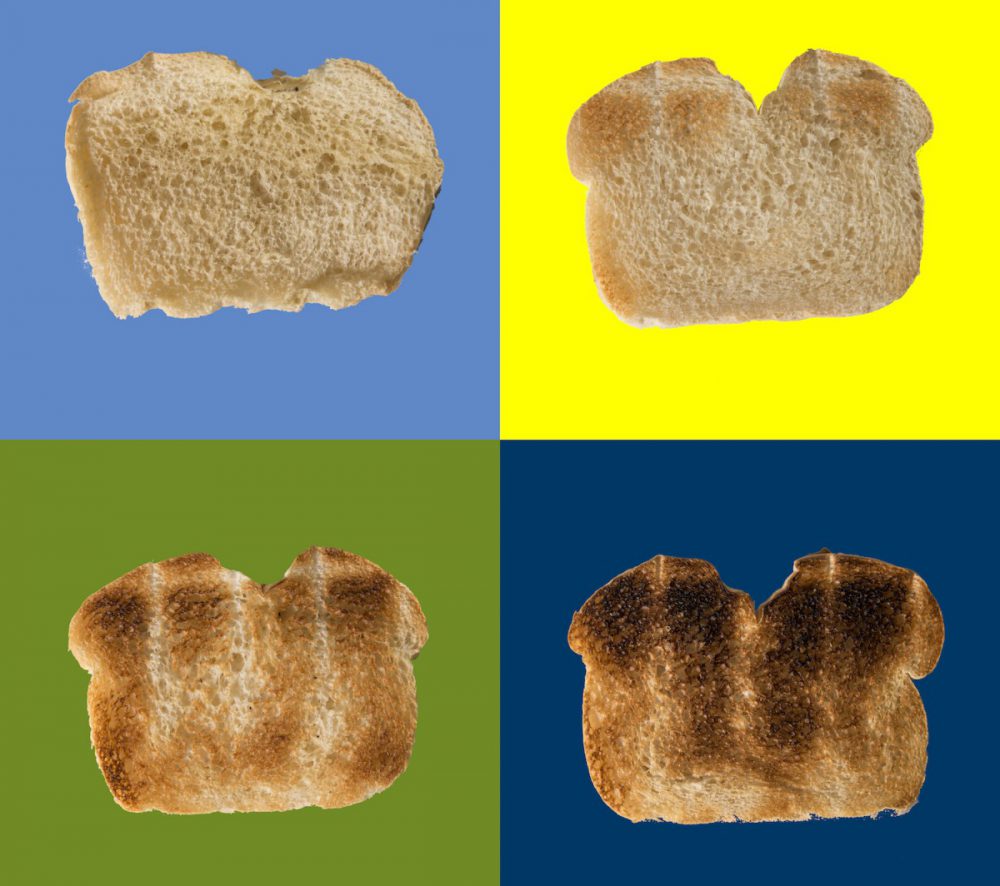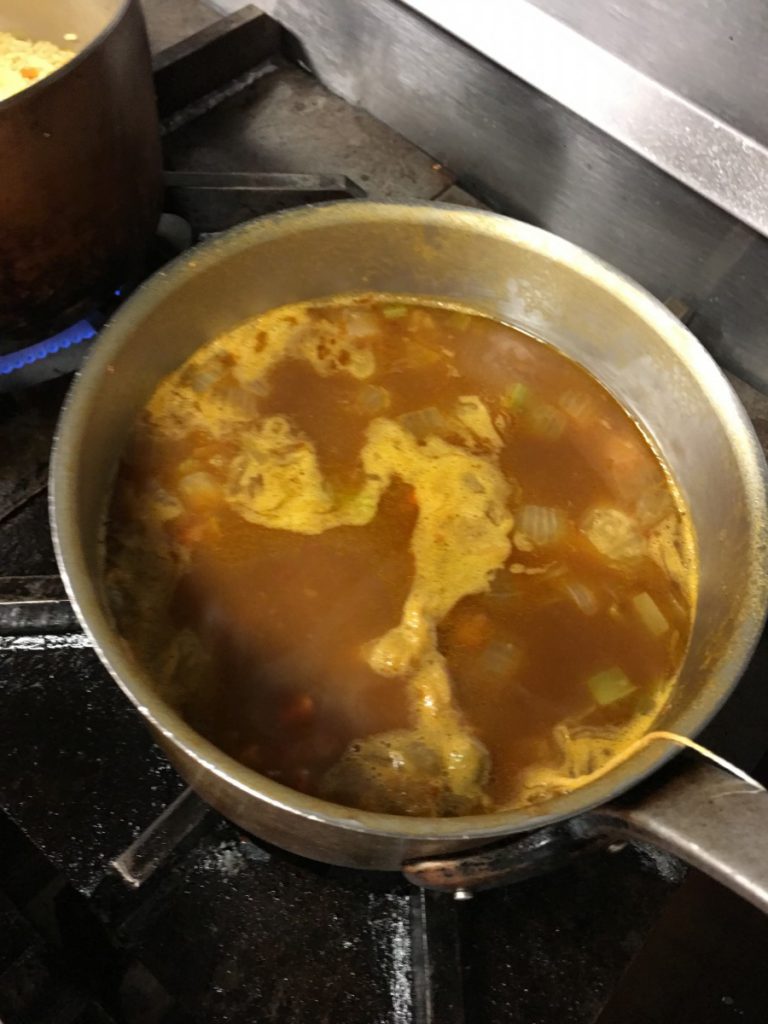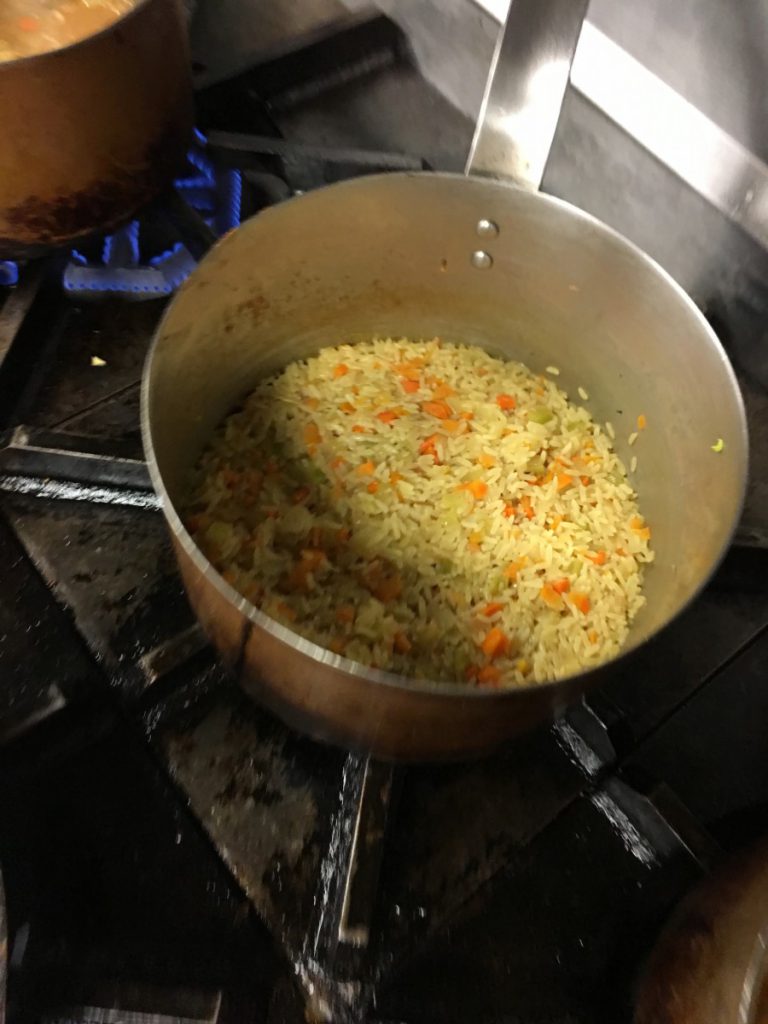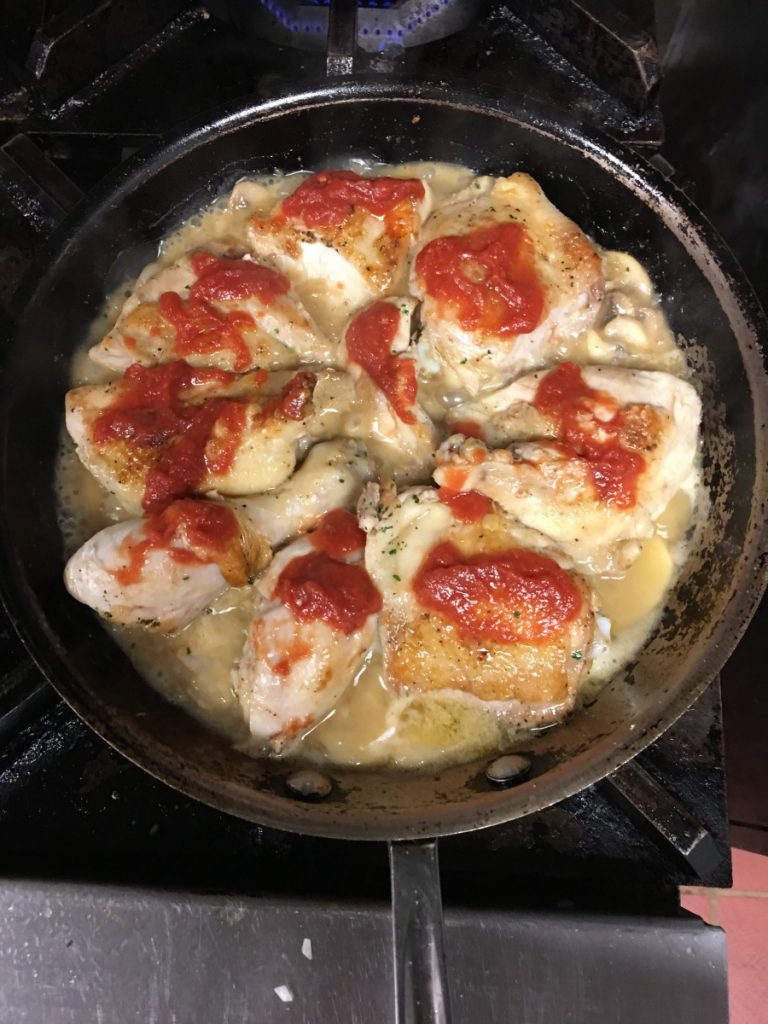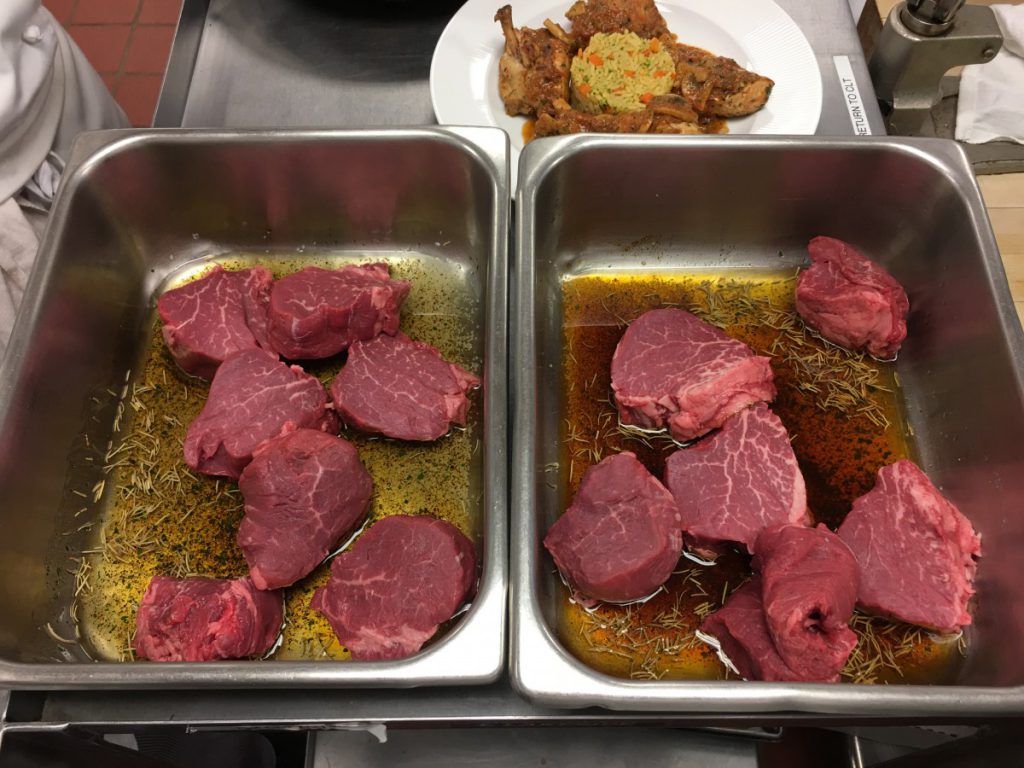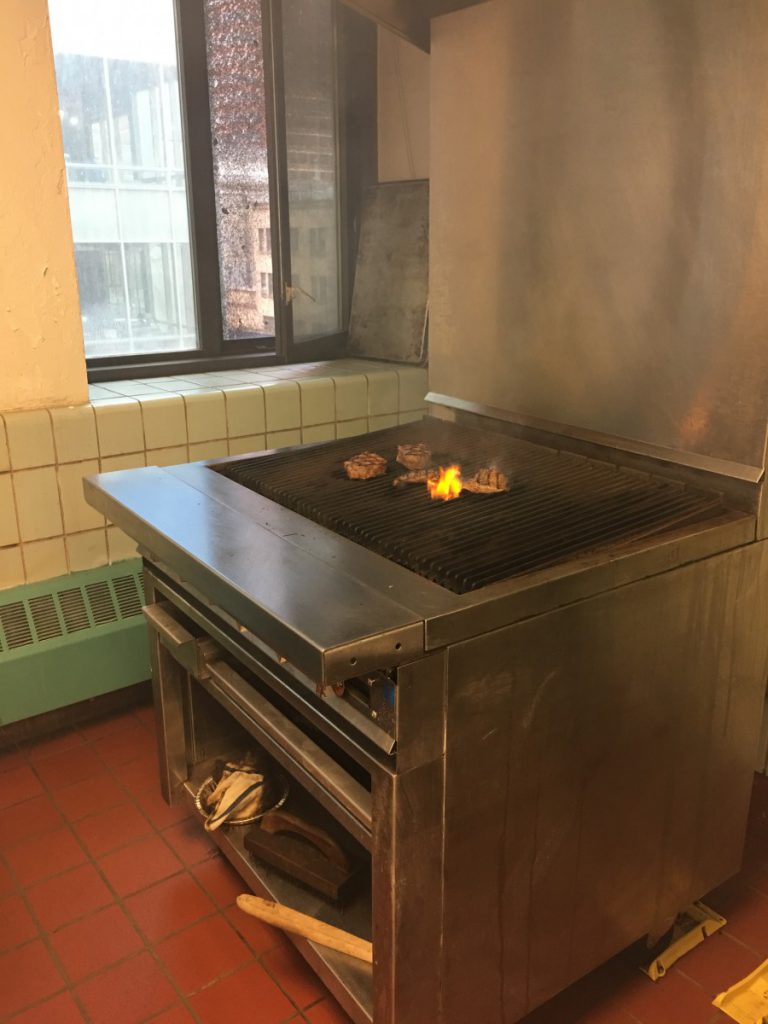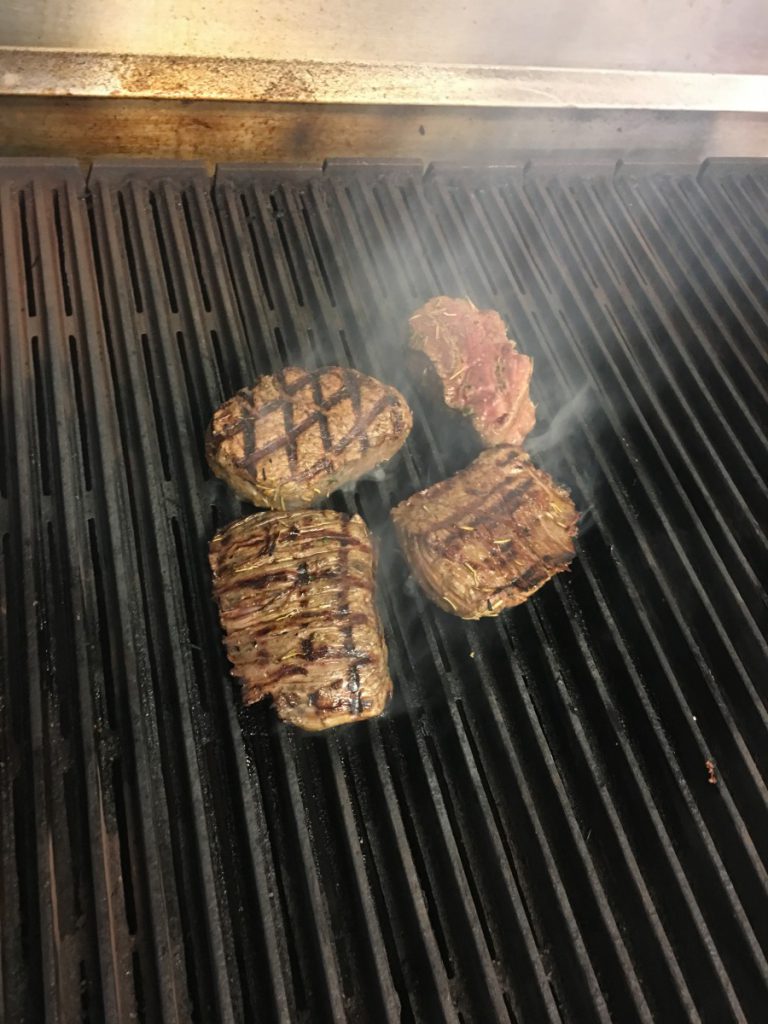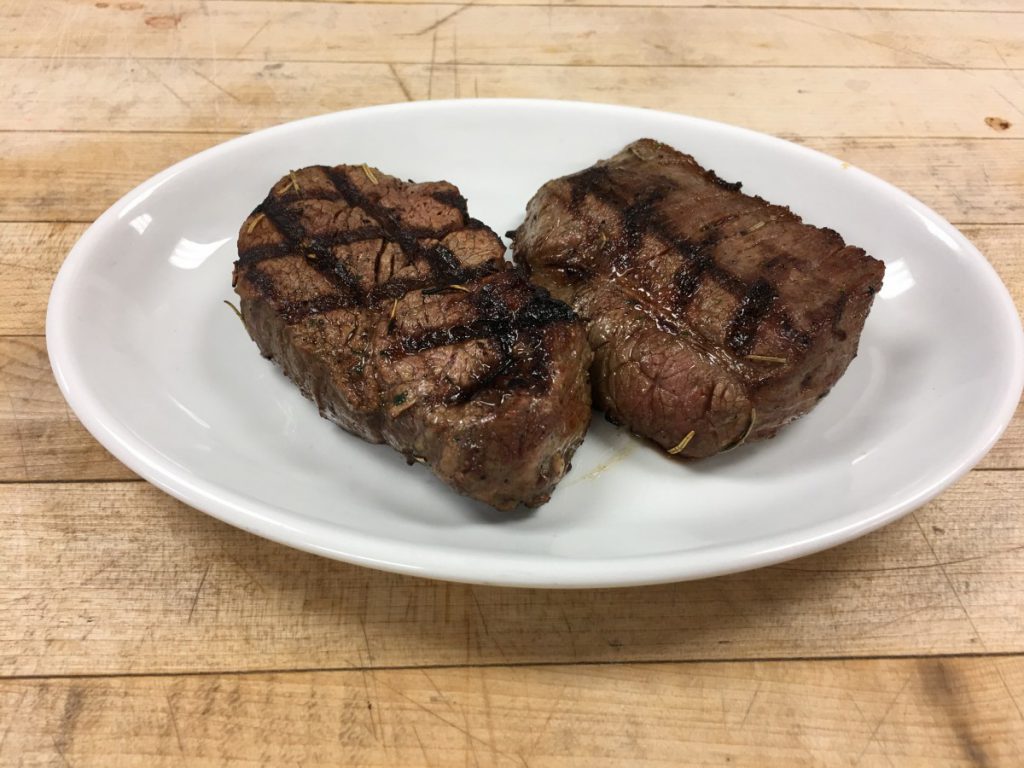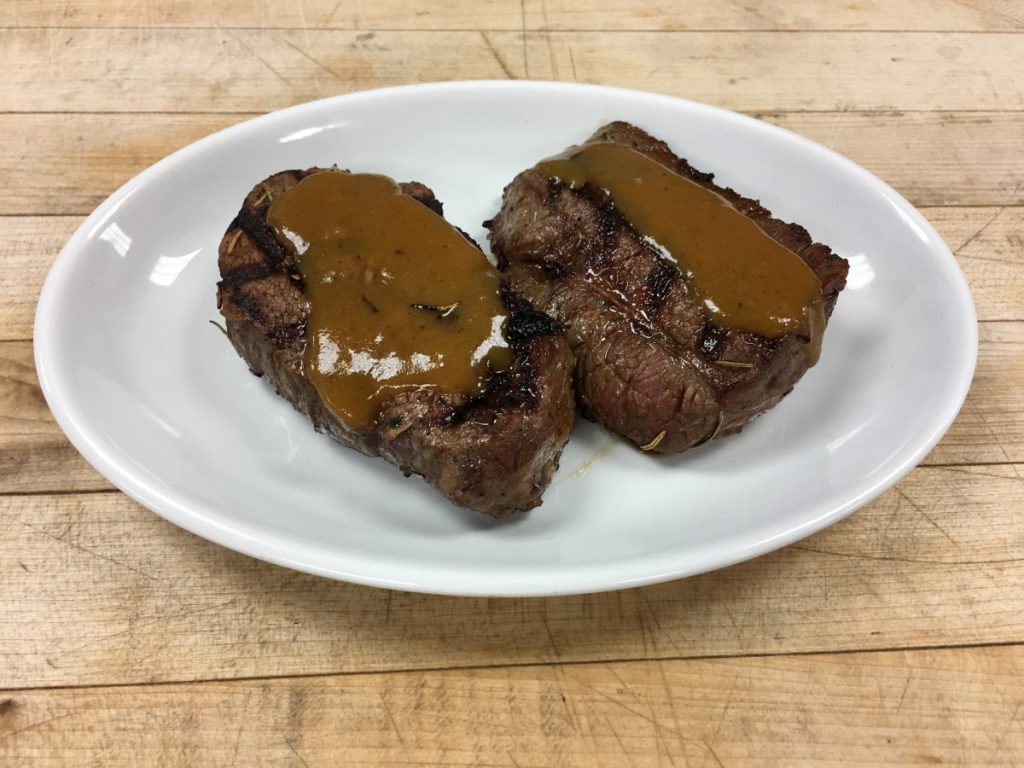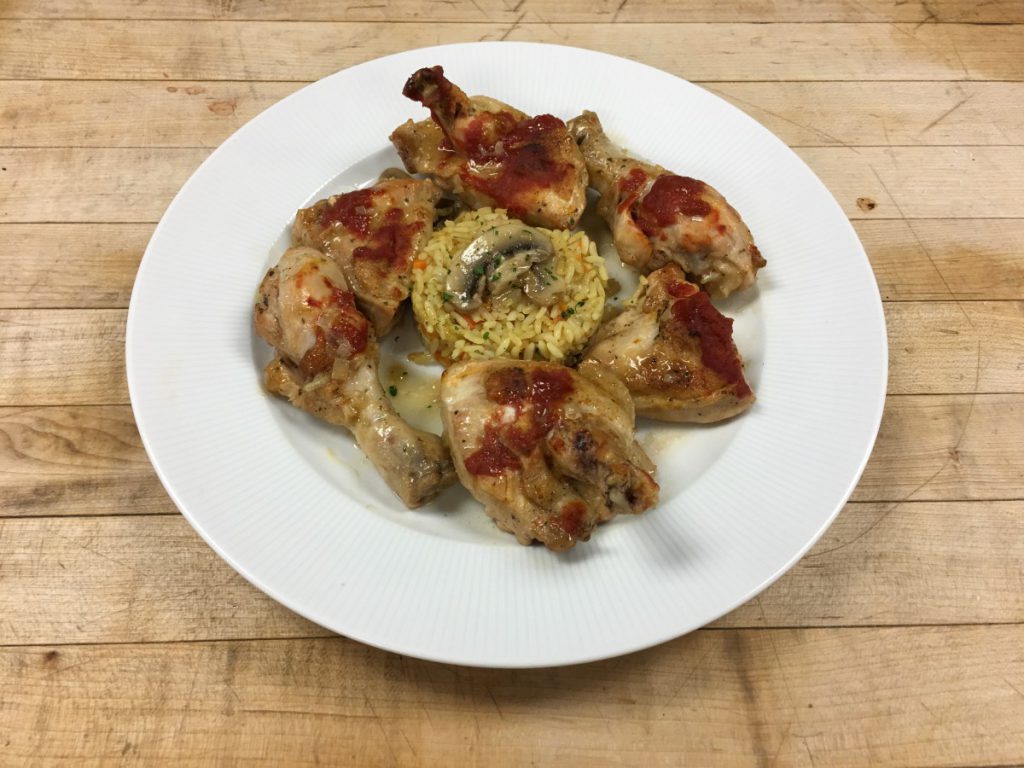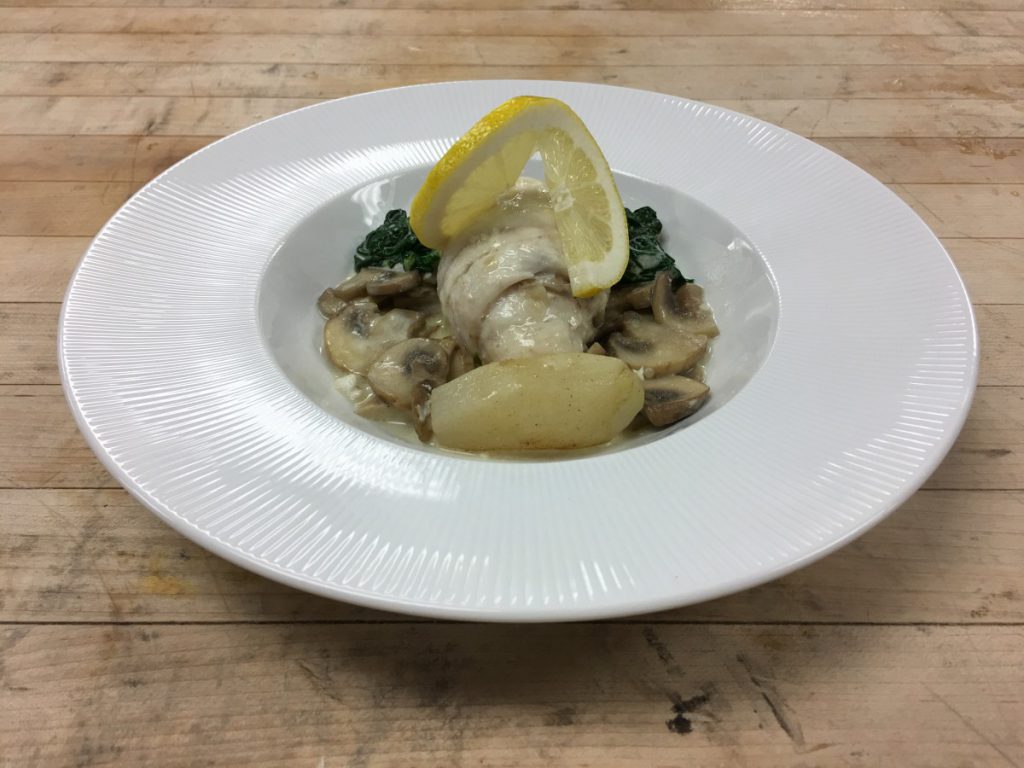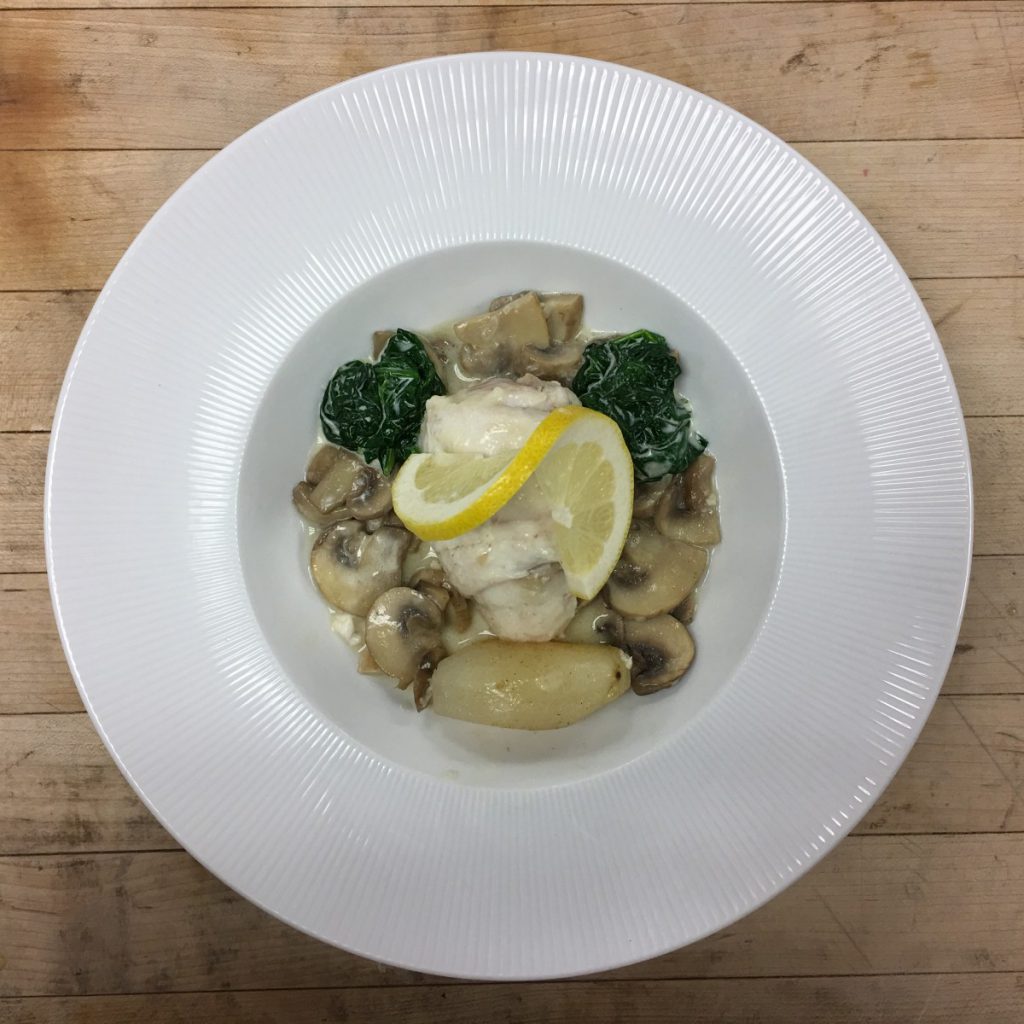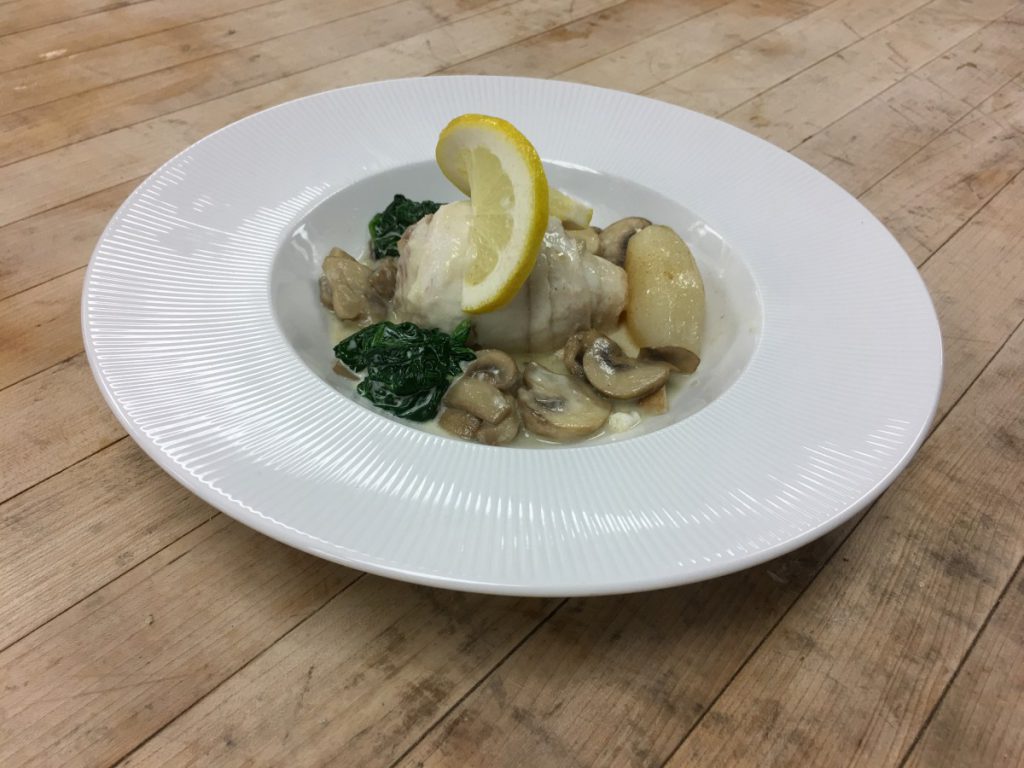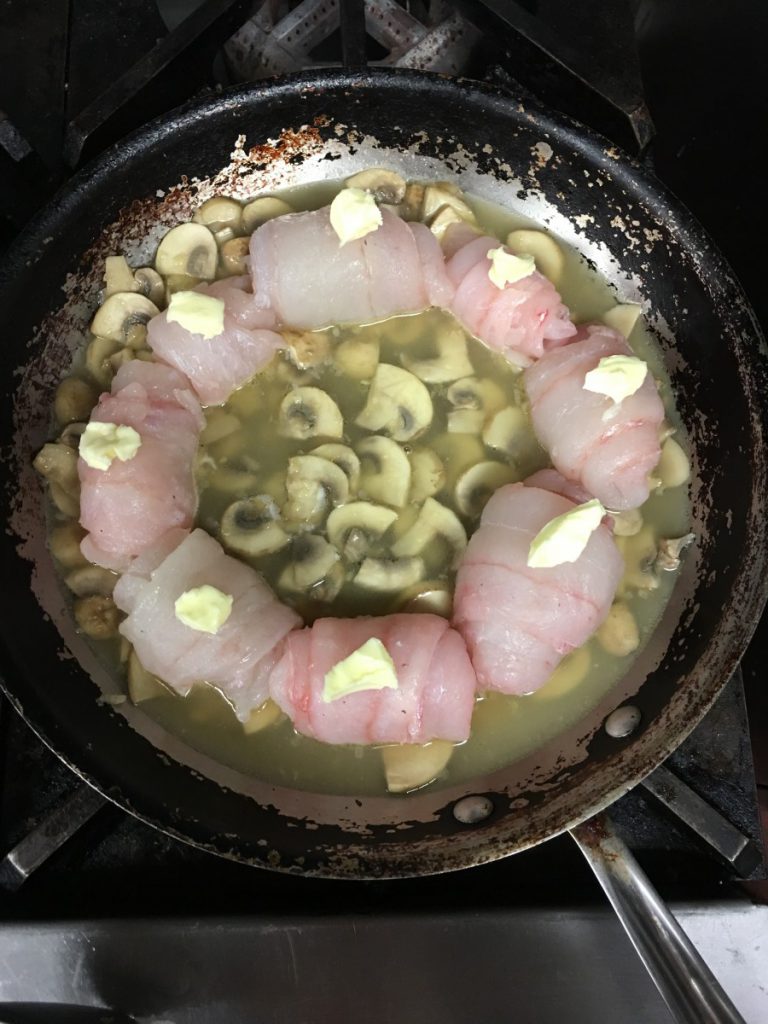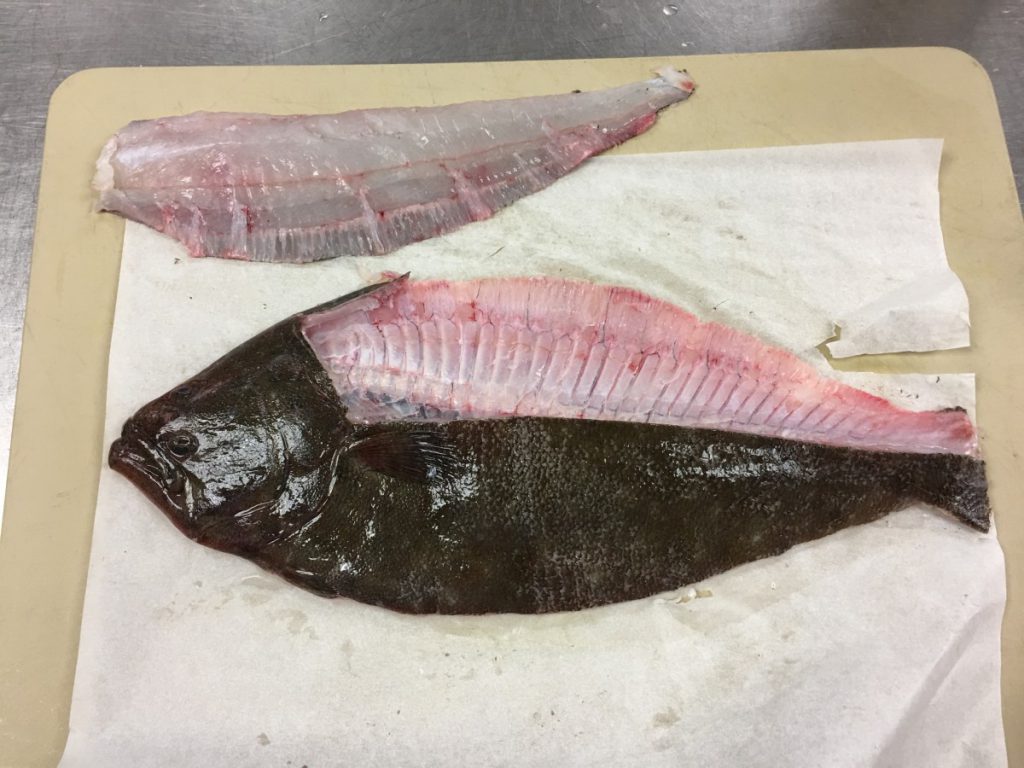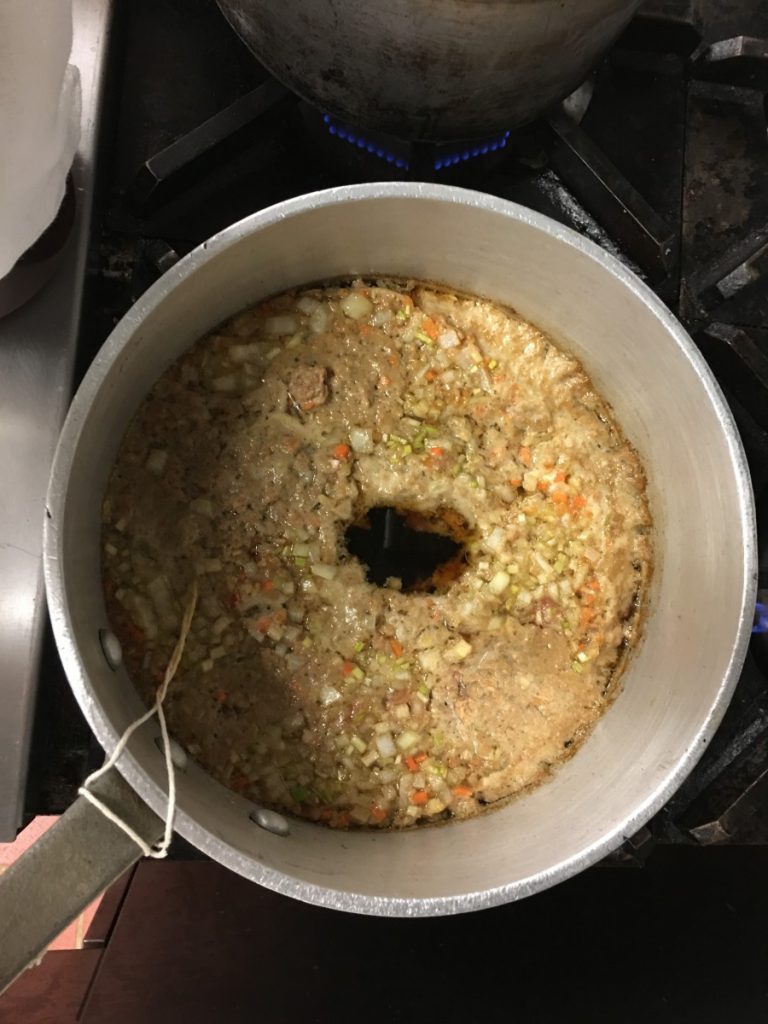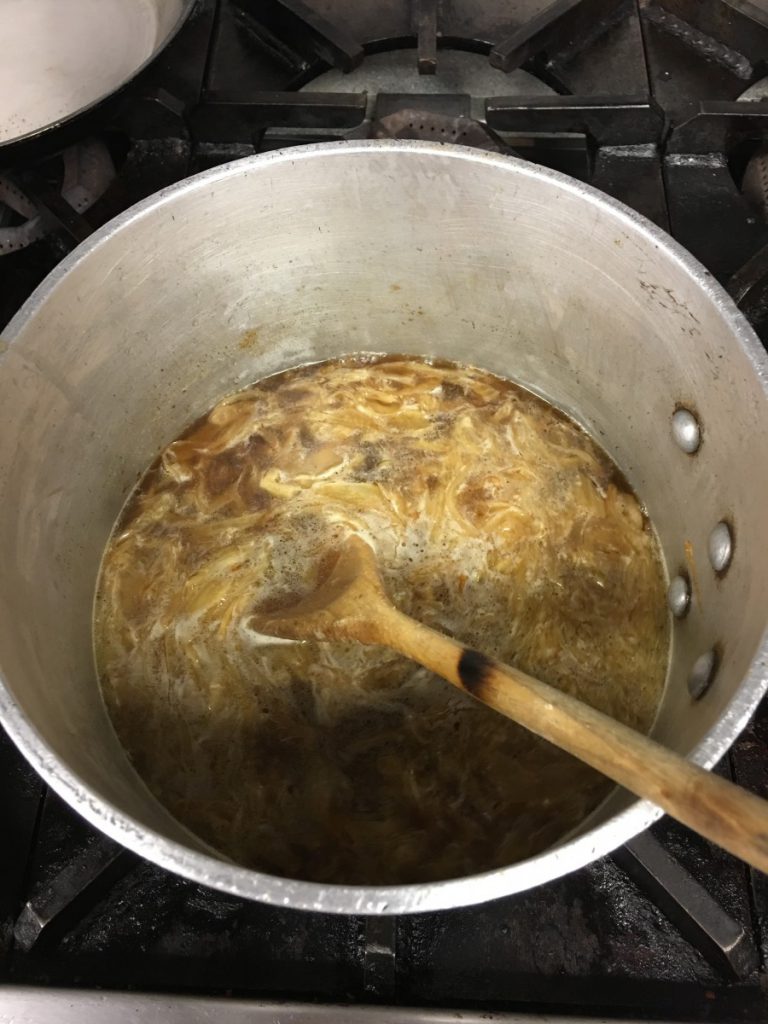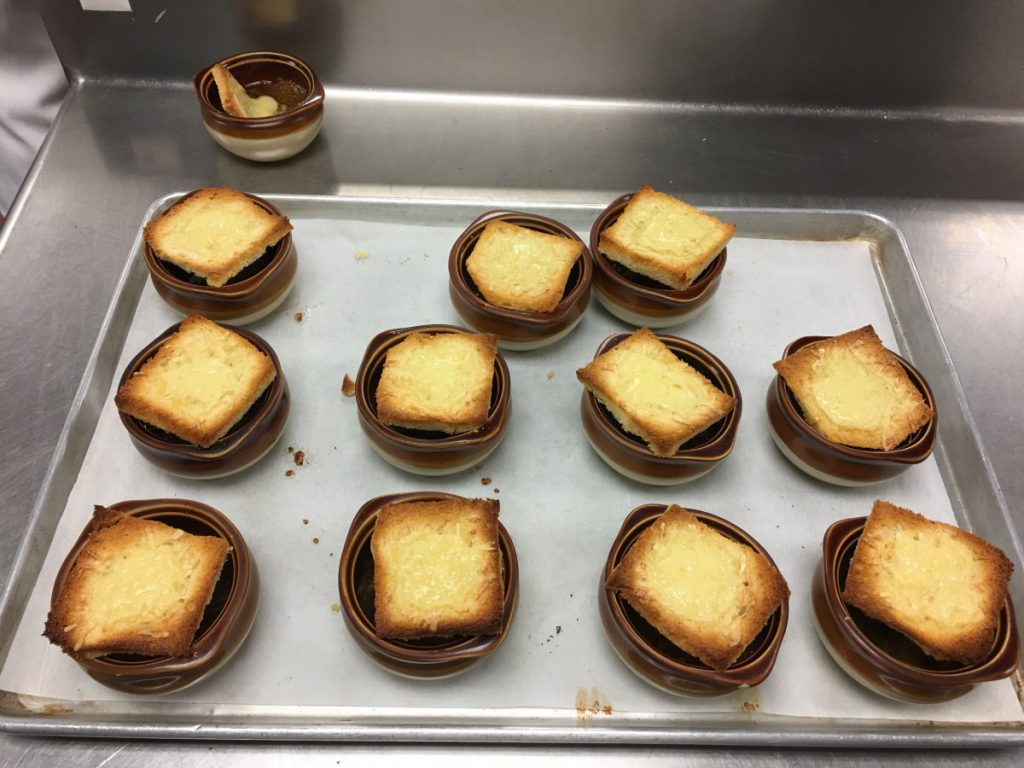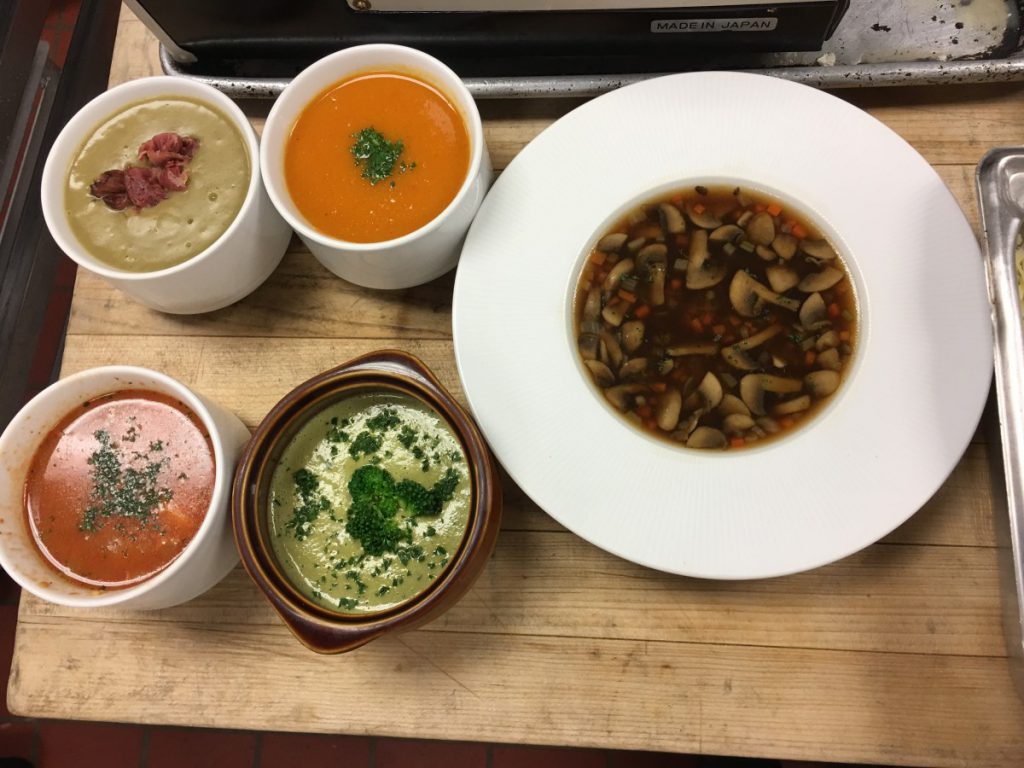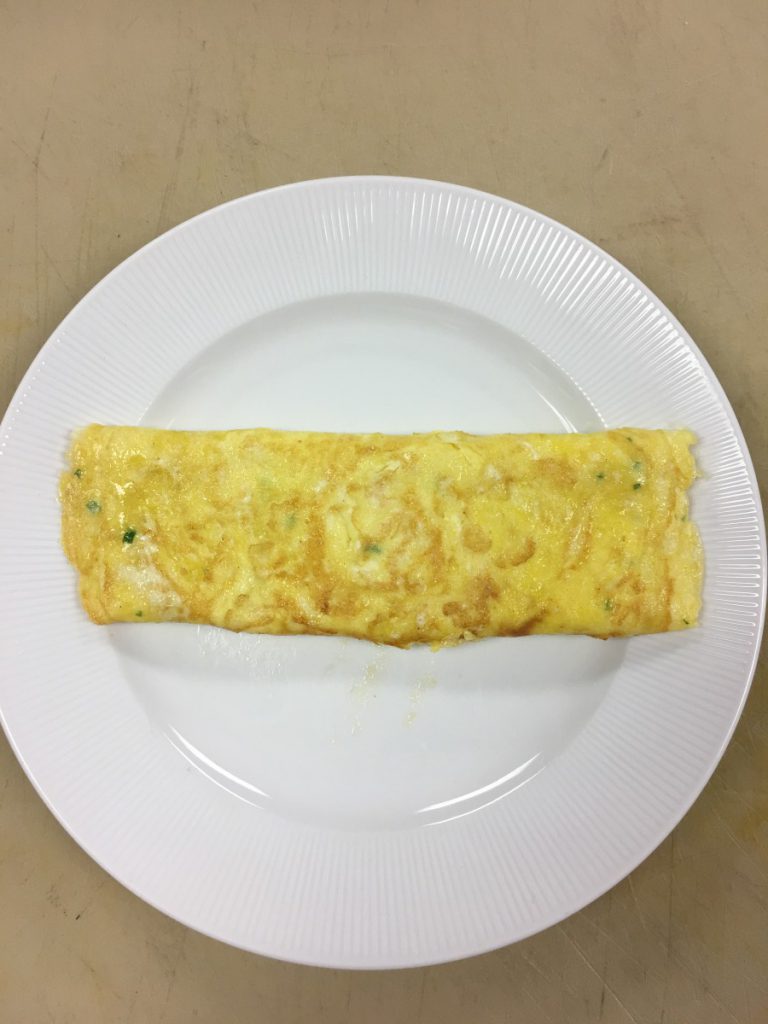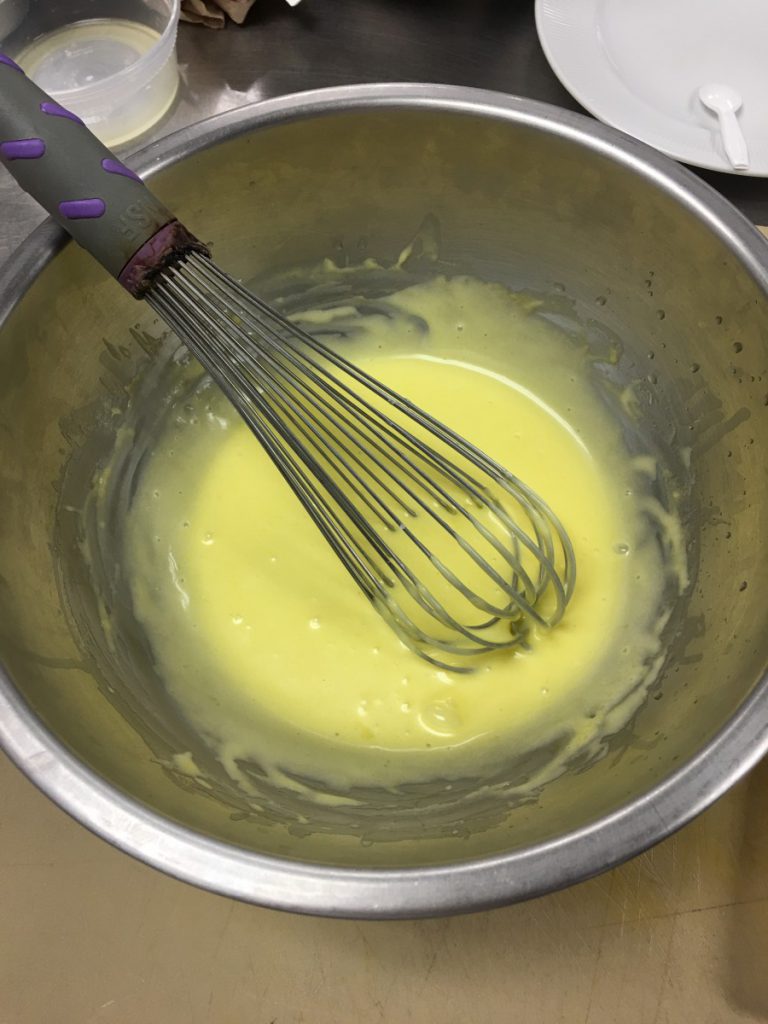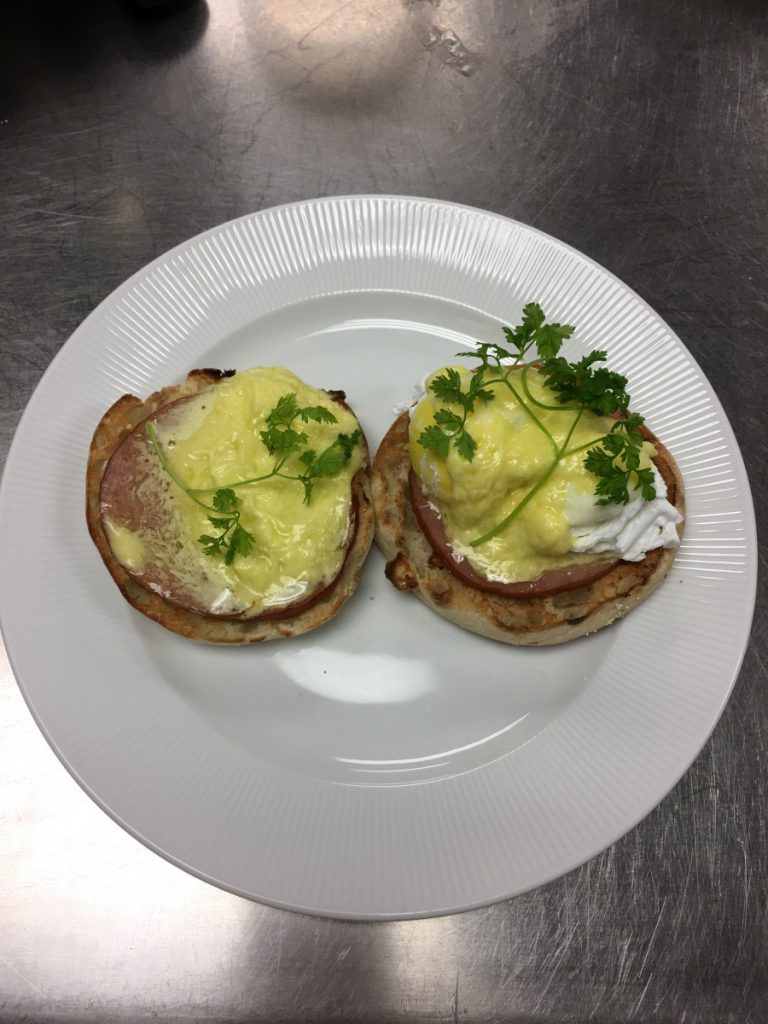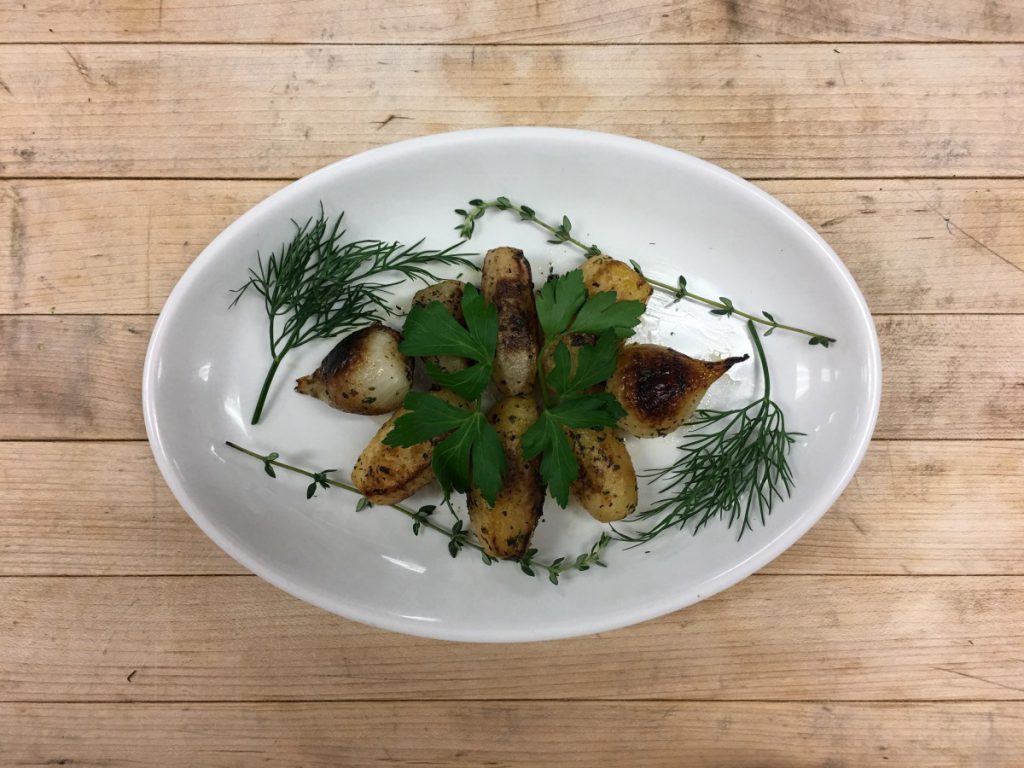
Loyalist Militiaman at the Moment of Death, Cerro Muriano, September 5, 1936
Robert Capa’s photograph of a Falling Soldier raises questions to the authenticity of the photograph. The photograph of a falling solider looks staged to me, because a lot of elements in this picture look too perfect, or not detailed enough. The position when the solider fell does not appear to be a natural position, rather, it looks like he was in an ‘I’m ready to fall’ pose. If the solider is getting shot at during this exact moment, the view does not hint at where the bullet hit, nor is there a detailed information about the picture. There was talk about gathering soldiers to take a posed photograph. Because taking pictures in open fire is dangerous, it is the reason why war photography is a really hard field to tackle. I think Robert Capa’s works are very commendable, but whether or not his photographs are an accurate depiction of times of war. Also, whether or not his photographs represent a wartime masterpiece or they are staged war photographs, only he would know the truth.
It is hard to know if what we are shown is authentic or not. If we are not a primary witness, we don’t know what happened. It is the same as listening to an oral tale. The photographer is a primary witness, that we know, because the photographer is at the scene to take the pictures. So when seeing photographs, people tend to think it is real, that the event did happen without a doubt, as it is. But because things are captured by one person, the photographer, they can easily fabricate the event, and tamper with their own work. People would not know the truth unless they are told, or until they are proven right or wrong. Having a camera is a powerful weapon and tool to capture the truth. Now that I think back on the pictures, I realize that I question the authenticity of how much was the actual truth and how much was staged, like a photoshoot.
